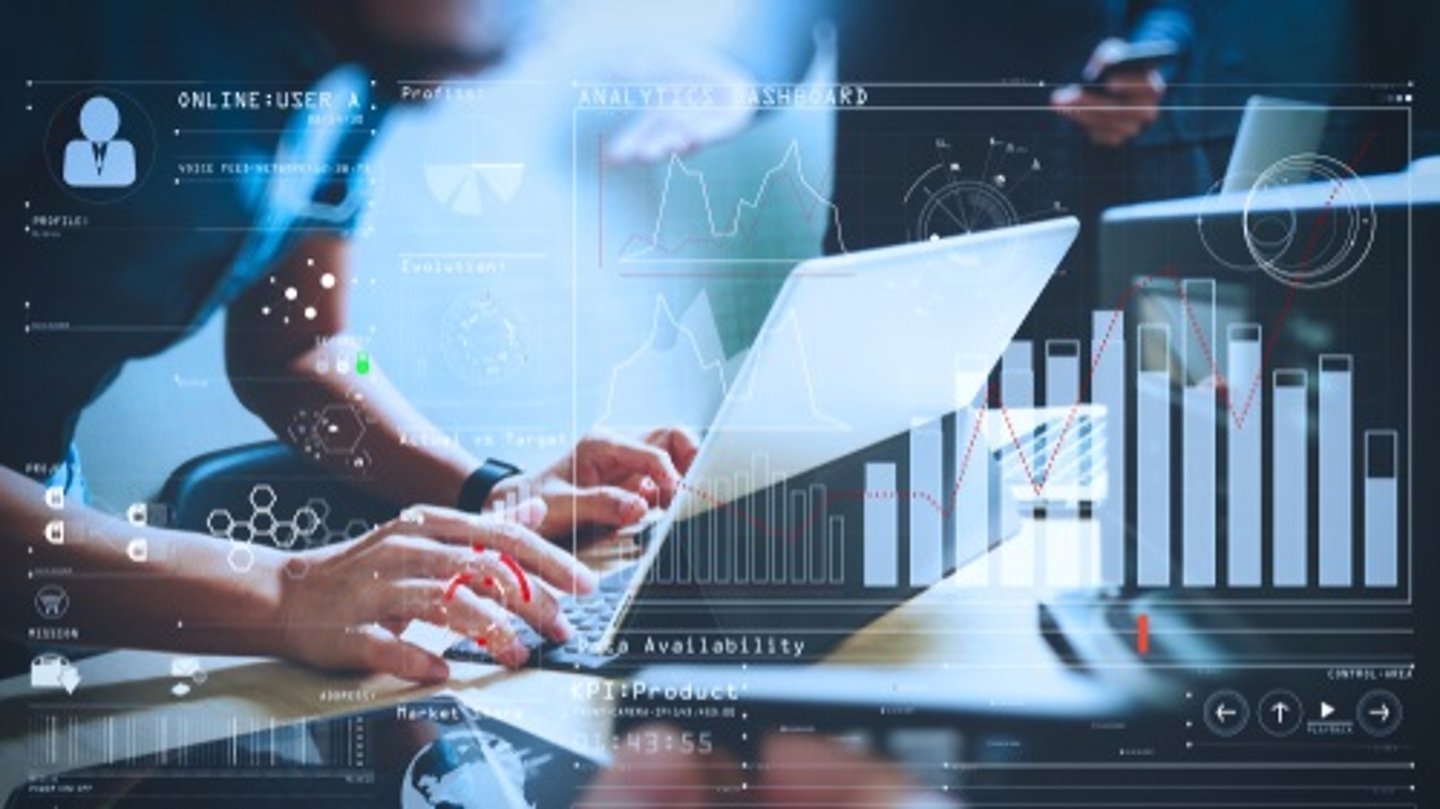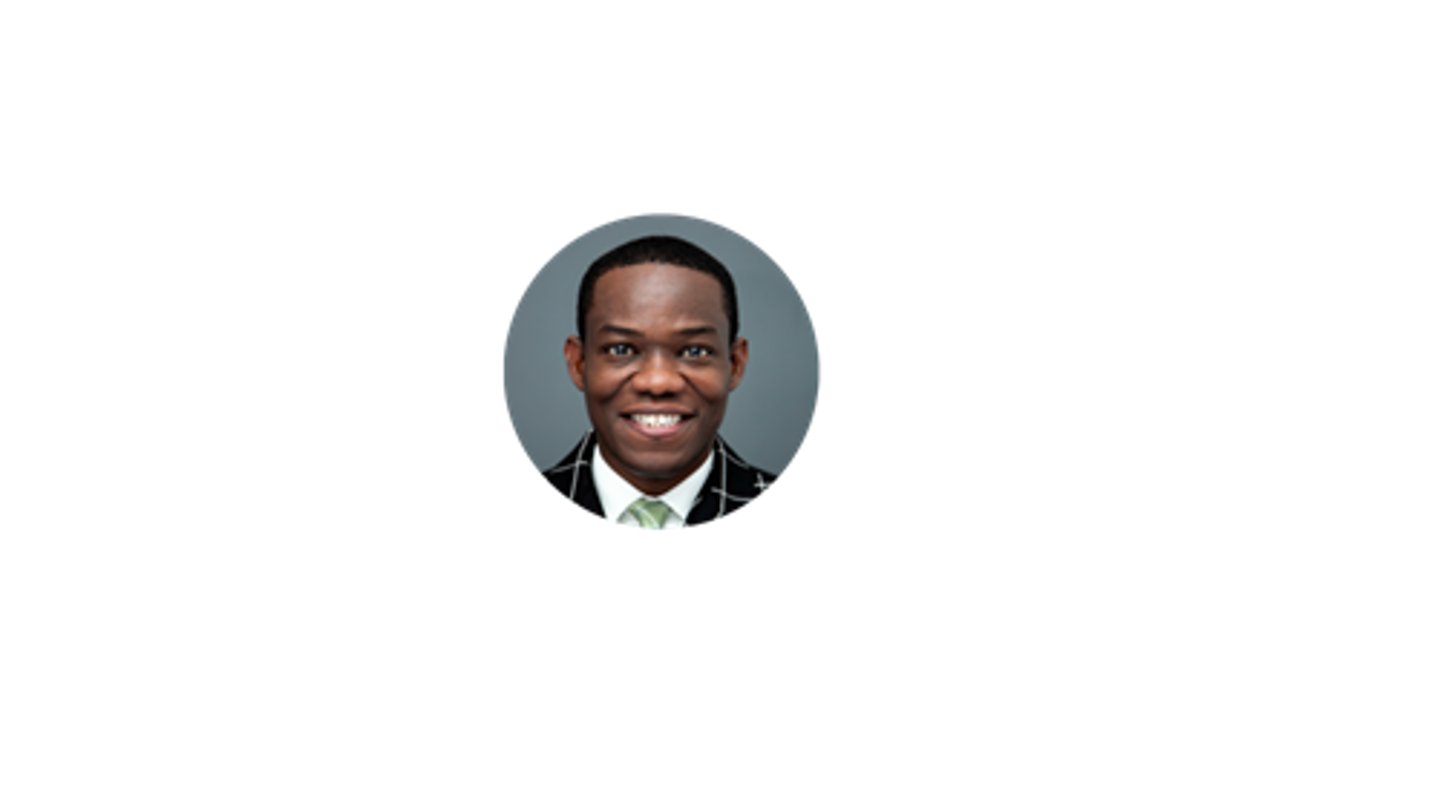How to Optimize Hotel Forecasting
Forecasting and budgeting can be a gruesome process for revenue managers using the outdated manual processes of spreadsheets.
And there are several reasons for that.
First, the overhead cost of manually incorporating historical PMS data into one’s predictions can be time-consuming.
Then you have shifting indexes such as unexpected seasonality, competitor pricing updates, room upgrades affecting established rates. These require you to update forecasts in real-time.
Tracking such volatile metrics manually – and translating the analytics into healthy operating margins and competitive advantage – is extremely tough, especially for managers of big hotels.
However, with the advent of new technology, there are now more sophisticated ways to forecast demand, which, ultimately, translates to sound managerial decisions on pricing, inventory, and staffing.
The problem is, if you don’t know the latest tricks and best practices for using technology to optimize your forecasting, you’ll still be doing the same whack-a-mole job.
Why Hotel Forecasting Is Crucial for Hoteliers
Hotel forecasting helps hoteliers develop a sustainable business model.
Without adequate hotel forecasting, you can't plan future booking volume. That means your pricing and revenue strategies will be a guesswork: you’ll have zero benchmark for scheduling and implementing room rates, promotions, and packages for peak seasons such as Black Friday Cyber Monday.
Essentially, hotel forecasting helps you tap into the strengths of your workforce with estimates on how many rooms will sell and for what rates. It helps hoteliers better plan staffing needs, marketing spend, and how to manage their rates.
Again, such an informed decision-making process provides a standardized process that accounts for vital metrics such as revenue centers, staff allocation and resourcing.
But if you don’t have tools and methods for forecasting your sales beyond one month and quickly readjust your forecast with real-time feedback, especially in these times, how can you truly remain competitive?
How to Optimize Hotel Forecasting with Technology
Below are useful tips on how to make your hotel forecasting better with technology.
1. Use Historical Data to Your Advantage.
There’s been a lot of debate in the industry on bad data.
And some thoughts on that subject often lead to an impression that historical data would be inferior to present-day data in every regard. That’s not necessarily the case. One vital advantage of having historical data is the time depth itself.
Historical data such as past occupancy rate, average daily rates and length of stay helps you create better forecasts. That makes it possible to isolate seasonality patterns and develop trends. You can then use these patterns to predict future demand, reduce operational expenses, plan your staffing needs and much more.
2. Use Market Intelligence Tools.
Market intelligence is a huge competitive advantage, regardless of the size of your business. If you understand how to predict your competitors' moves, make provisions for potential shifts in the market, and allocate resources to counter trends that might impact your business adversely, you’ll always have the upper hand.
But you'll need mountains of data and manpower to excavate the nuances of your market and customers, identify your rivals, and gain exclusive insights into their operations.
It makes absolute sense to use market intelligence tools to level up.
3. Use Chargeback Automation to Plug Revenue Leakage
Chargeback automation can help hotels in many ways when forecasting.
First, automated chargebacks can help you identify and correct errors in guest charges, isolate con artists by highlighting fraudulent booking patterns, and improve your revenue forecast.
With such insightful data, you can quickly optimize your processes and prevent overcharges –leading to better reviews and increased business.
Second, automated chargebacks can help keep track of trends in guest spending. You can use this information to forecast future demand and make informed decisions about pricing and promotions.
Finally, automated chargebacks can help to streamline the process of issuing refunds. This can save your hotel time and money. And it can improve customer satisfaction also.
In short, chargeback automation can be a valuable tool for hoteliers looking to improve their forecasting abilities. Looking at the high volume of chargebacks experienced by the hospitality industry, chargeback automation is no longer a nice-to-do kind of thing. It’s a must. It gives you at least 40% better chances of recovering chargeback revenue and saves your team up to 17 hrs monthly.
4. Technology Helps With Data Collection
One of the most crucial aspects of hotel forecasting is data collection. In the past, hoteliers relied on manually-collected data such as occupancy rates and guest surveys.
However, the advent of new technologies gives hoteliers access to a vast data repository to improve the accuracy of their forecasts.
Some data sources for hotel forecasting include reservation systems, property management systems, and market intelligence platforms. Collecting data from multiple sources helps you get a more accurate picture of future demand.
5. Technology Helps With Data Analysis
Despite the pump and gallantry about how data can help you optimize operations and potentially make more money, data in itself is not the solution. Data you’ve analyzed to extract valuable insights is the actual resource for businesses.
While you can use tools such as Excel or other spreadsheet software for your data analysis, there are many specialized software solutions that offer superior data analysis advantages.
Examples of such tools include:
- Apicbase: Cloud based food management platform to manage your kitchen backend more efficiently.
- SnapShot - Hotel Analytics:Unlock and visualize this critical data from Lightspeed or Infrasys POS.
- Fourth: Streamline your purchasing, accounts payable, inventory and recipe and engineering
- Avero Inc: Business Intelligence for F&B Operations and Performance Management
- Long Range Systems: On-site paging, guest management, business intelligence, and market research tools.
Some of the touchpoints you should observe when forecasting hotel demand include booking patterns, seasonality trends, and competitor pricing. By understanding these factors, hoteliers can make more informed decisions about pricing and inventory management.
6. Forecasting Models Helps Estimate Future Demands
There are different types of forecasting models you can use to estimate future demand for hotel rooms. The most common model is the time-series model, which uses historical data to predict future demands.
However, there are also regression-based models and econometric models.
Which model is best for you? Well, that’ll depend on factors such as the type of data you have available and the level of accuracy you need.
What’s worth noting is that by using technology to select and implement the appropriate forecasting model, you can improve the accuracy of your predictions.
7. Implement a Yield Management System.
A yield management system is a tool that helps you optimize revenue by managing prices based on demand.
Yield management systems use algorithms to adjust prices automatically based on the time of day, day of the week, and demand levels. With that, you can maximize revenue while still providing a competitive price for your guests.
Adopting a yield management strategy helps you to use past performance data and general industry trends to anticipate demand and respond accordingly.
That said, it’s essential to note that although yield management and revenue management are closely linked and share a lot of similarities, there are some vital differences too. While yield management strategy aims to get the most revenue possible out of a specific revenue stream, say the number of rooms available, revenue management is a broader concept that focuses on increasing revenue across the entire hotel –not just rooms.
8. Adopt Artificial Intelligence (AI)
AI adoption is growing more and more in the hospitality industry.
Hoteliers are progressively using AI to automate tasks and improve decision-making.
AI-powered software is crucial for tasks such as automated pricing, customer service, and inventory management. For example, by using the hospitality chatbot, hoteliers can deliver 24/7 support in different languages, across various communication channels, without pressuring their staff. You can also use the same technology for booking queries and closing deals within the same conversation, thereby enhancing your website conversion rate.
Another AI use case for hoteliers is in predicting future trends and patterns in customer behavior. You can use that information to make better marketing, promotions, and product development decisions.
In conclusion, technology has drastically changed the hospitality industry in recent years. One area where hotels see increased ROI in new technology is forecasting.
By using historical data, market intelligence tools, yield management systems, and artificial intelligence, hotels make more informed decisions about pricing, inventory, and staffing levels, thereby gaining a competitive edge in an increasingly crowded marketplace.
How is your hotel using technology to optimize its processes?
About the Author
Tom-Chris Emewulu is Chargeflow's Digital Evangelist. With 7+ years of digital marketing experience, he crafts compelling, data-driven SEO articles that put brands on page 1 of Google search. Forbes, DW, Business Insider, Businessss2Community, and many other publications have featured his works. You can find him on Social Media via @tomchrisemewulu.


